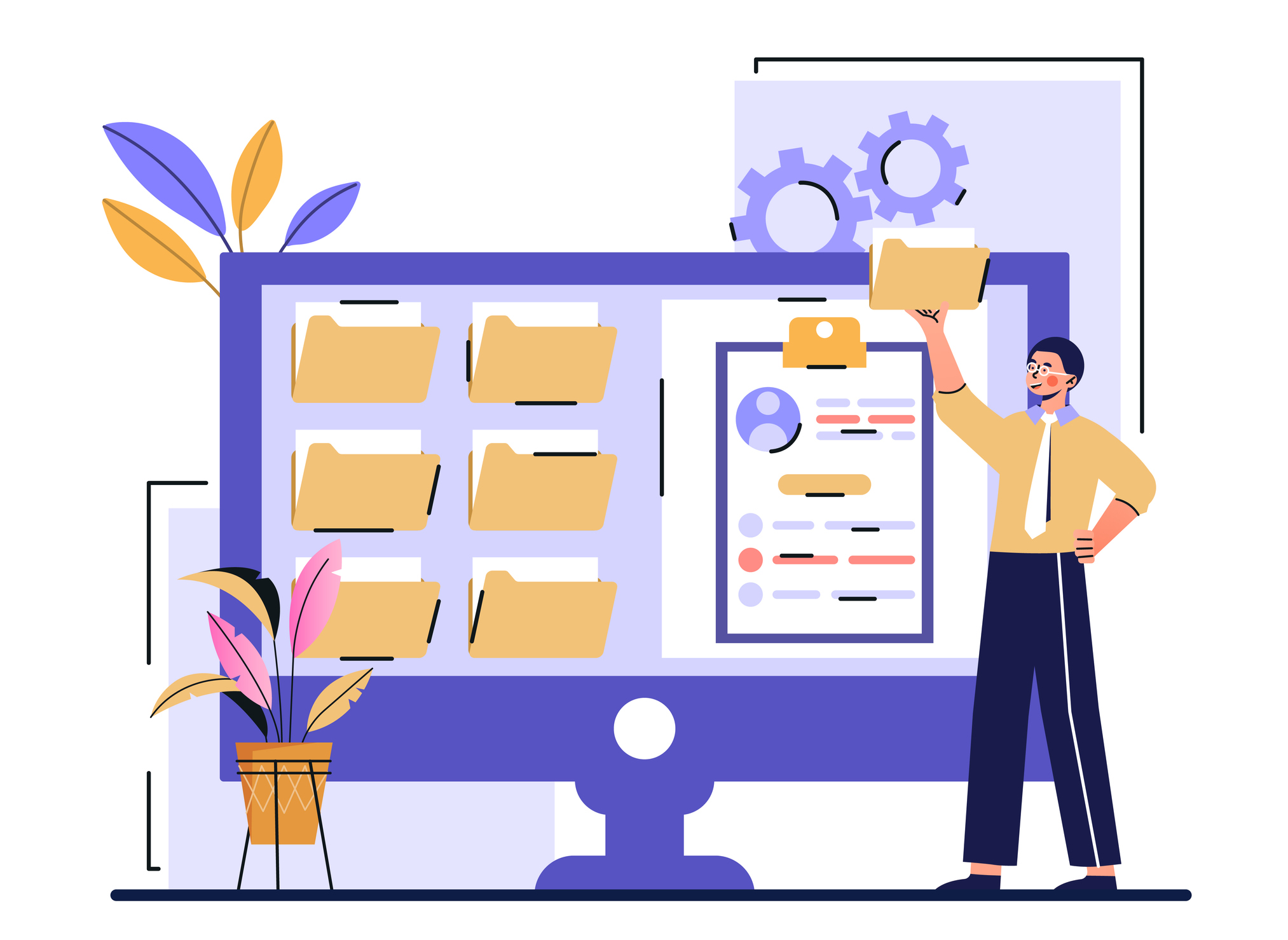Digital Asset Management (DAM) refers to the practice of organizing, storing, and accessing digital content, such as images, videos, audio files, and documents. DAM solutions enable companies to manage their digital content more effectively, and to ensure that the right content is available to the right people at the right time.

Top-performing companies are leveraging next-generation DAM capabilities to optimize digital content organization and access, both inside and outside the organization, automate workflows, manage permissions, and ensure brand consistency. Recent technology innovations, such as cloud-based DAM solutions, artificial intelligence (AI) and machine learning (ML), and APIs (application programming interfaces) are enabling companies to manage their digital content more efficiently and effectively than ever before.
Recent research shows that the global DAM market is expected to grow at a compound annual growth rate of 13.7% from 2021 to 2026, reaching a value of $10.5 billion. This growth is being driven by a range of factors, including the increasing adoption of cloud-based DAM solutions, the growing importance of digital customer experiences, and the need for businesses to respond quickly to changing market conditions and customer preferences.
Next-generation DAM capabilities are enabling top-performing companies to optimize digital content organization and access, automate workflows, manage permissions, and ensure brand consistency. By leveraging recent technology innovations, such as cloud-based solutions, AI and ML, and APIs, companies are able to manage their digital content more efficiently and effectively, leading to improved competitiveness and better business outcomes.
However, there are also challenges and limitations that need to be considered when implementing DAM solutions and leveraging next-generation DAM capabilities. Some of the key challenges and limitations include:
- High cost and complexity: DAM solutions and next-generation DAM capabilities can be complex and expensive to implement and maintain, requiring significant investments in hardware, software, and training. This can be a barrier for small and medium-sized businesses, who may not have the resources or expertise to implement these solutions.
- Integration and data management: DAM solutions and next-generation DAM capabilities often require integration with other enterprise systems, such as CRM, ERP, and supply chain management (SCM) systems. This can be a complex and time-consuming process, requiring specialized skills and expertise. Additionally, managing and maintaining data quality and integrity across multiple systems can be a challenge, and can impact the accuracy and usefulness of the insights generated by DAM solutions.
- Security and privacy concerns: DAM solutions and next-generation DAM capabilities often involve the collection and management of sensitive and confidential data, such as financial information, customer data, and trade secrets. This can raise security and privacy concerns, and businesses need to implement appropriate security measures to protect this data and ensure compliance with relevant laws and regulations.
- Lack of user adoption: DAM solutions and next-generation DAM capabilities require buy-in and adoption from all levels of the organization, from senior executives to front-line workers. However, not all users may be comfortable or familiar with using these tools, and may be resistant to change. This can be a barrier to the successful implementation and adoption of DAM solutions and next-generation DAM capabilities, and can impact their effectiveness and value.
While DAM solutions and next-generation DAM capabilities offer many benefits to businesses, there are also challenges and limitations that need to be considered. By addressing these challenges and limitations, businesses can maximize the value and impact of DAM solutions and next-generation DAM capabilities, and drive better business outcomes.
The topic of digital asset management (DAM) and the role of next-generation DAM capabilities in optimizing digital content organization and access, automating workflows, managing permissions, and ensuring brand consistency is an important and timely one. DAM solutions and next-generation DAM capabilities are becoming increasingly important for businesses of all sizes and industries, as they seek to respond to the growing importance of digital customer experiences, the need for real-time data and insights, and the pressure to accelerate time to market.
In our upcoming research, we will explore the benefits and challenges of DAM solutions and next-generation DAM capabilities, and provide examples of how top-performing companies are using these tools to drive better business outcomes. We will also discuss the role of DAM solutions and next-generation DAM capabilities in integrating with other enterprise systems, such as customer relationship management (CRM) and enterprise resource planning (ERP) systems, and the impact of this integration on data quality and decision making.
In the end, our upcoming research will provide a comprehensive overview of the role of DAM solutions and next-generation DAM capabilities in enabling businesses to optimize digital content organization and access, automate workflows, manage permissions, and ensure brand consistency. This research will provide valuable insights and guidance for companies looking to implement DAM solutions and leverage next-generation DAM capabilities in their own organizations.
